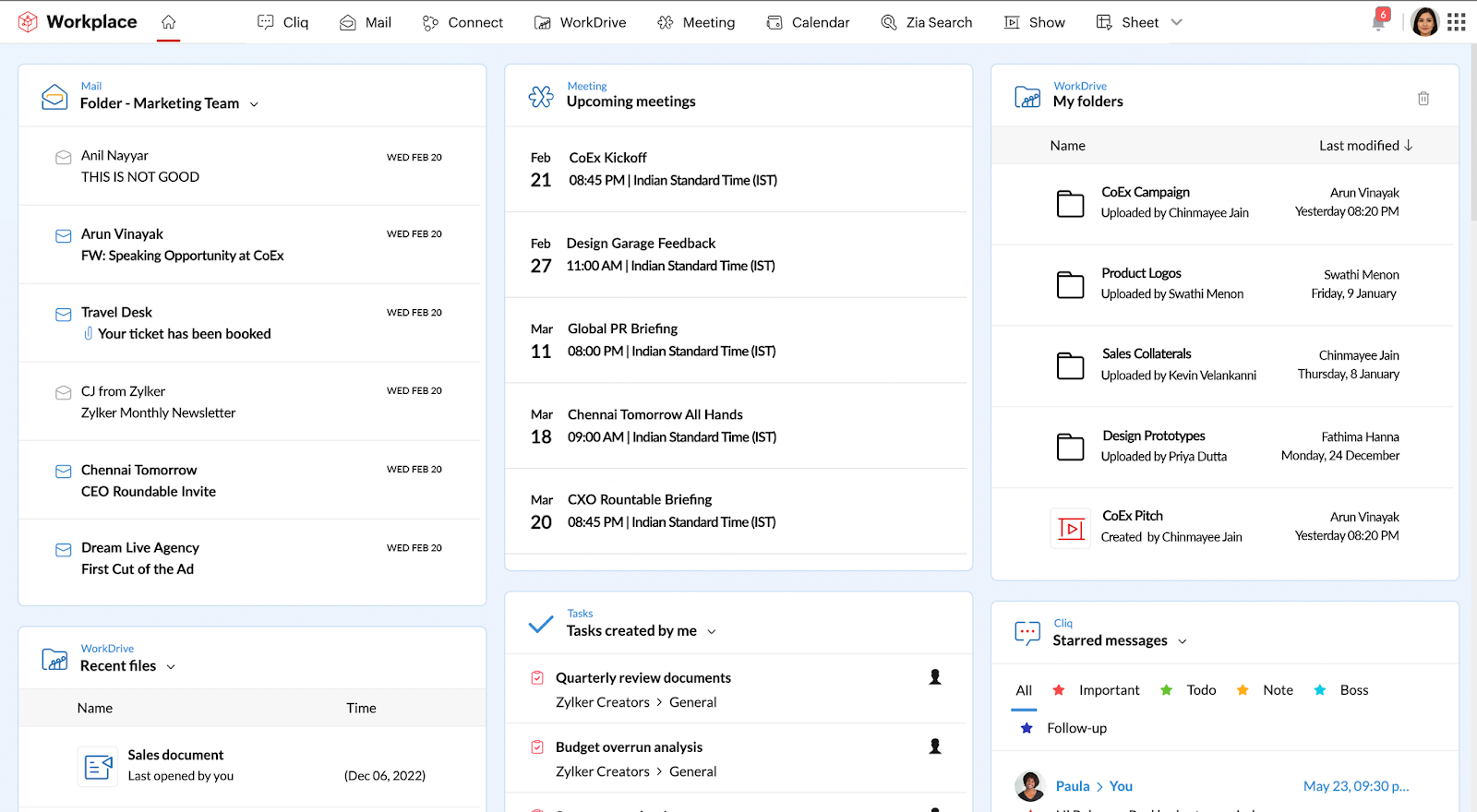With more enterprises relying on digital infrastructures to manage operations, downtime can lead to a loss of productivity, revenue, and customer trust. Data loss can lead to legal liabilities, compliance violations, and long-term reputational damage.
Fortunately, with the right strategies, companies can mitigate these risks and maintain the resilience of their networks and data. This post details strategies for downtime and data loss prevention.
Understanding Downtime and Data Loss
Downtime refers to periods when a network, system, or application is unavailable or unresponsive. This could be due to hardware failure, software glitches, cyberattacks, or natural disasters. Data loss happens when critical information is accidentally deleted, corrupted, or rendered inaccessible. Causes of data loss can range from human error to ransomware attacks, which encrypt data and hold it hostage until a ransom is paid.
Strategies for Preventing Downtime
Redundant Systems and Failover Solutions
Investing in redundant systems is one of the most effective ways to prevent downtime. Redundancy ensures that if one system component fails, a backup automatically takes over, ensuring continuous operation.
For instance, deploying multiple servers across different geographic locations helps ensure that traffic is redirected to another even if one server goes down without causing any disruption. Similarly, failover solutions automatically switch to backup systems when they detect a failure, allowing seamless continuity.
Regular Maintenance and Monitoring
Preventative maintenance is key to reducing downtime. This includes performing regular software updates, patching vulnerabilities, and checking hardware for potential issues. Keeping systems updated ensures that known bugs and security flaws are fixed before they can be exploited.
Load Balancing
Load balancing distributes network traffic across multiple servers to ensure no single server is overwhelmed with requests. This improves performance and reduces the chances of downtime due to server overload. By efficiently distributing traffic, load balancers prevent any single point of failure and ensure that if one server becomes unavailable, traffic is automatically rerouted to other active servers.
Disaster Recovery Planning
No matter how many precautions are taken, there's always a risk of an unexpected disaster. Having a robust disaster recovery plan (DRP) is essential to minimize downtime in such scenarios. A disaster recovery plan outlines the steps that need to be taken to restore systems as quickly as possible. It includes backup solutions, recovery time objectives, and predefined protocols for staff to follow during a crisis.
Strategies for Preventing Data Loss
Regular Data Backups
Perhaps the most obvious yet often neglected solution is regular data backups. Backups ensure that even if data is lost due to hardware failure or cyberattacks, it can be restored from a secure copy.
For maximum protection, it's best to use the 3--2--1 backup rule: store three copies of your data on two different types of storage, with one copy stored offsite or in the cloud. This ensures that data is always recoverable, even in worst-case scenarios.
Data Encryption
Data encryption protects sensitive information by converting it into an unreadable format that can only be decrypted with the right key. Encryption ensures that even if data is intercepted or stolen, unauthorized individuals cannot use it.
Both data on rest (stored data) and data in transit (being transferred) should be encrypted. Implementing strong encryption protocols makes it much harder for cybercriminals to access or misuse your data.
Access Control and Authentication
Human error is one of the most common causes of data loss. Companies can reduce the chances of accidental deletions or unauthorized access by implementing strict access control and multi-factor authentication (MFA).
Access control involves limiting who can view or modify sensitive data. Only authorized personnel should have access to critical systems, and multi-factor authentication adds an extra layer of security by requiring multiple forms of identification before granting access.
Leveraging Technology for Prevention
While the above strategies are essential, modern businesses can also leverage advanced technologies to further reduce the risk of downtime and data loss. Solutions like Teach 'n Go, an online platform for managing educational activities, demonstrate how integrating smart technologies can ensure seamless operations without the risk of losing critical data.
Many organizations also embrace cloud-based services, which offer higher resilience, better scalability, and more secure data storage options. Cloud services often come with built-in redundancy and backup solutions, which minimize downtime and protect data from loss.
Endnote
Preventing downtime and data loss requires a proactive and comprehensive approach. By implementing strategies such as redundancy, regular backups, encryption, and disaster recovery planning, businesses can safeguard their operations against disruptions.




